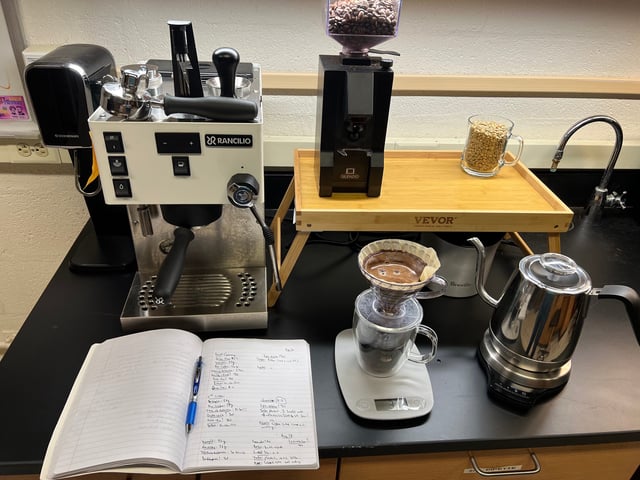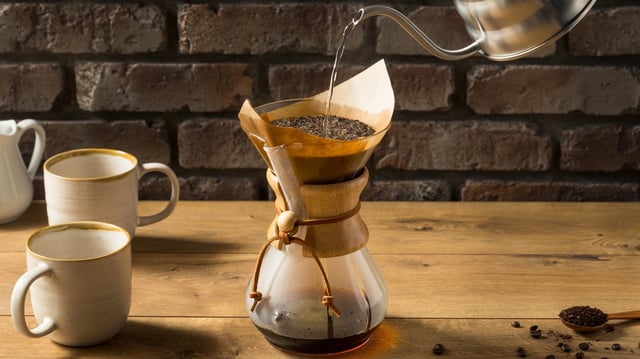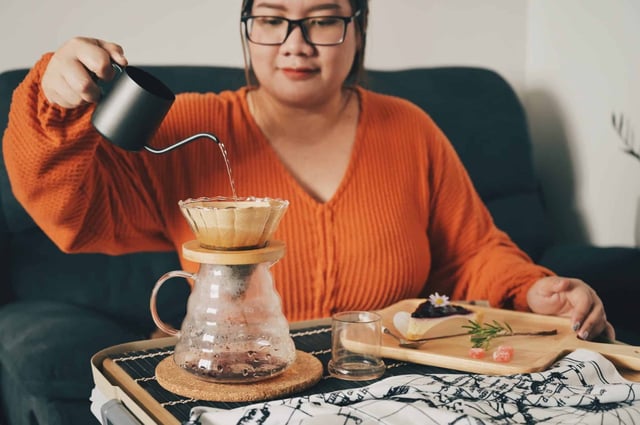Overview
- Researchers found that pouring water from a higher height, while maintaining a steady, unbroken jet, improves coffee extraction by creating an avalanche effect in the grounds.
- The study used innovative methods, including silica gel particles, laser sheets, and high-speed cameras, to analyze the physics of pour-over brewing.
- The avalanche effect agitates and mixes coffee grounds more effectively, leading to stronger brews without the need for additional coffee beans.
- Home brewers are advised to reduce coffee grounds by about 10% and experiment with pour heights up to 30cm for optimal results.
- The findings highlight a sustainable brewing method that could ease pressure on coffee cultivation as climate change threatens global coffee production.



